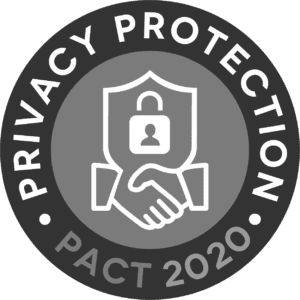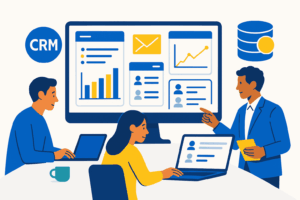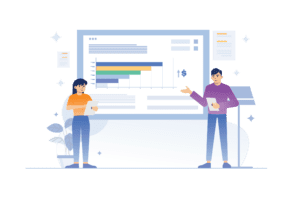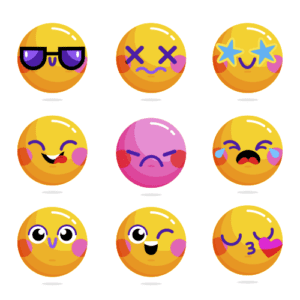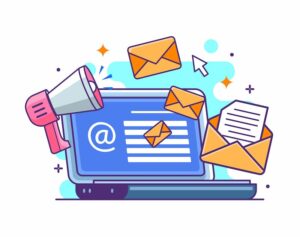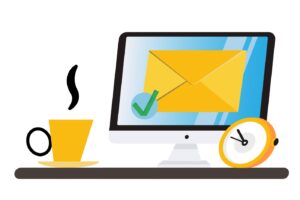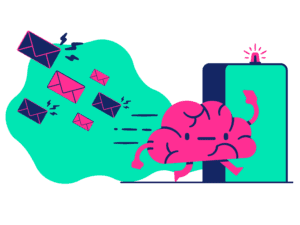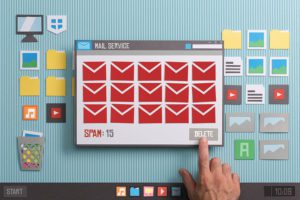Category: Email Deliverability & Infrastructure: B2B Expert Guide
- Deliverability is the lifeblood of B2B email marketing. An undelivered email is a lost business opportunity. Yet with the increasing sophistication of anti-spam filters and the proliferation of authentication protocols, ensuring inbox delivery has become a major technical challenge. This technical section is aimed at professionals who truly want to understand and master their email campaign infrastructure. From DNS configuration (SPF, DKIM, DMARC) to IP reputation management, through to blacklist monitoring and SMTP server optimisation, we break down every technical aspect. Our guides go beyond generalities to provide concrete solutions: monitoring scripts, Power-MTA configurations, IP warm-up strategies, header analysis… Everything you need to build a robust and high-performing email infrastructure. Turn technical expertise into a competitive advantage for your B2B campaigns.
Our commitment
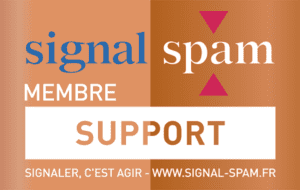
Signal Spam
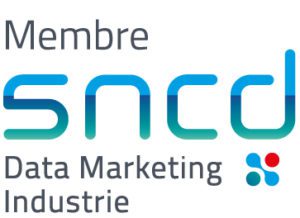
SNCD

SNCD sustainable development
